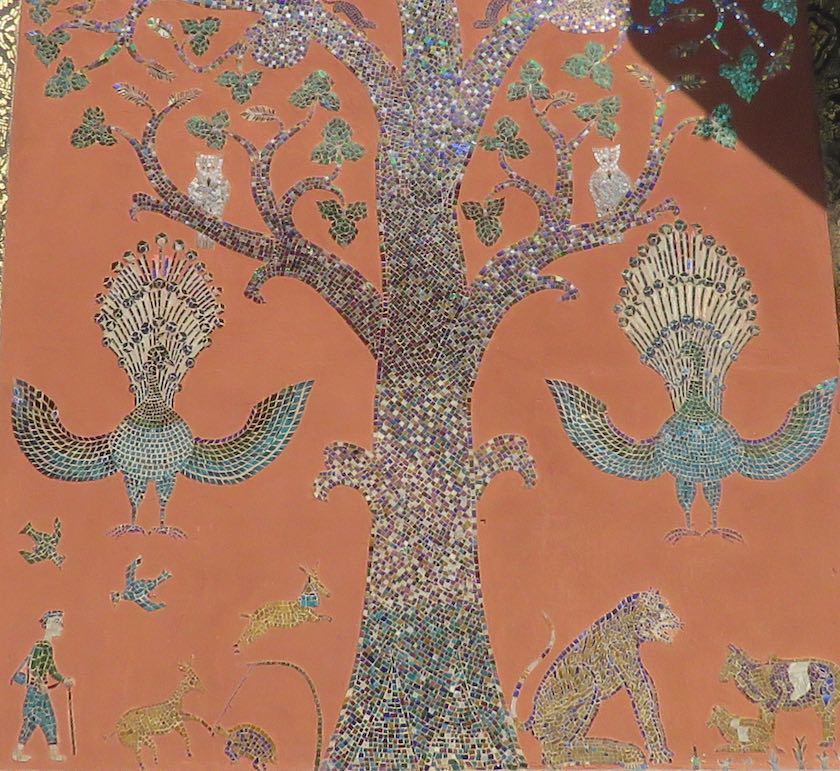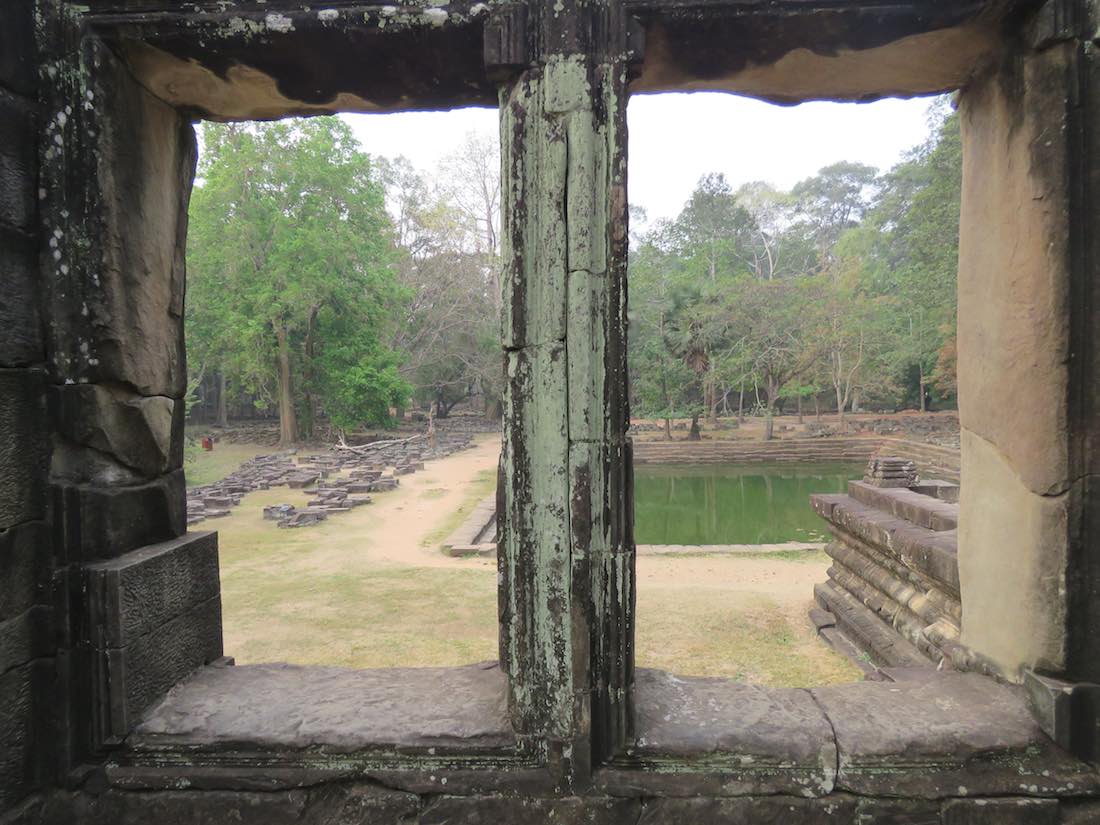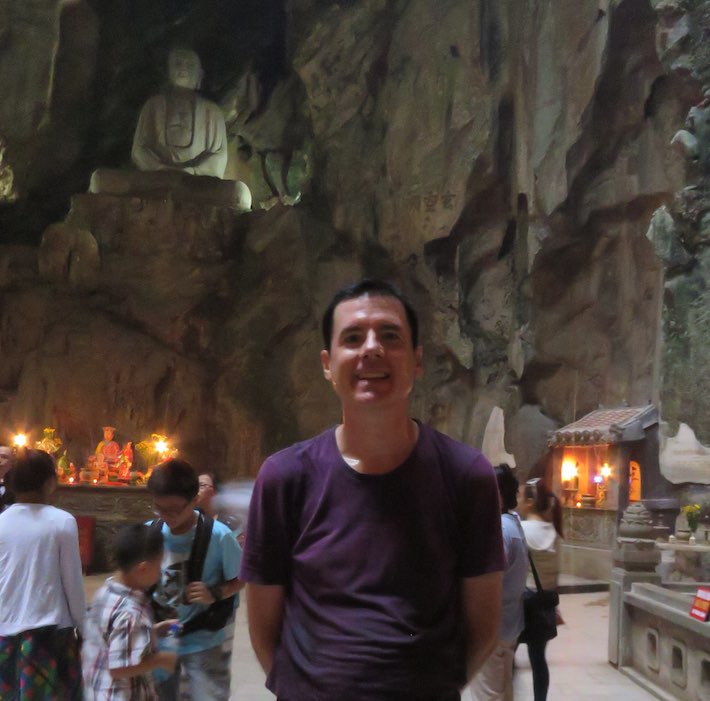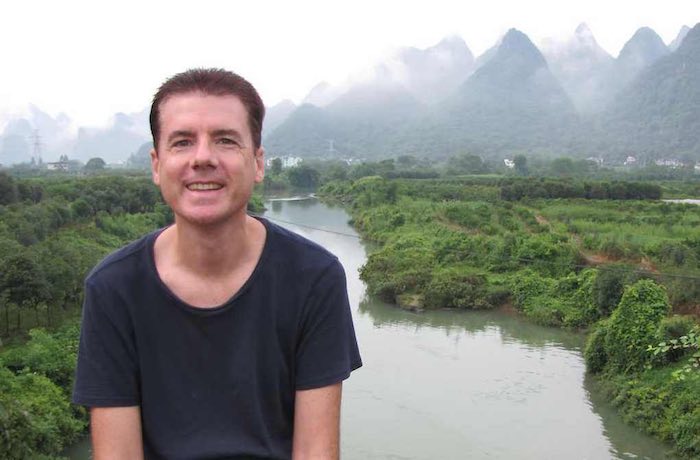Does Mission Matter? [the broken link was removed] That is the question raised this month by Pat La Londe for the ASQ Influential Voices.
I have discussed a similar topic in a previous post: Vision can be a Powerful Driver but Most Often It is Just a Few Pretty Words. I believe that post captures exactly how I feel about the question “does mission matter?”
It doesn’t matter if it is just words on paper that has no impact on how business is done. And sadly that is more common than having a mission that actually matters because it actually guides how decisions are made and how the business delivers products and services.
A phrase in your mission statement that your company values employees matters only to the extent the company manifests a respect for people. A phrase about the importance of customers matters only to the extent the company delivers customer delight.
From a post I wrote on The W. Edwards Deming Institute blog, Hallmark Building Supplies: Applying Deming as a Business Strategy:
[Hallmark Building Supplies] uses the purpose statement to make decisions on a regular basis. This is one of the keys to a good purpose statement. If the purpose statement doesn’t guide what is happening it is not providing much value.
The video above gives a good illustration about how companies operate when aim/purpose/mission etc. drive business decisions. When this happens mission matters a great deal. It provides focus to everyone as they do their work and prioritize how to continually improve the organization every day. The video also provides an illustration about how leaders behave when they understand the organization as a system.
Related: Aligning Marketing Vision and Management – Ackoff: Corporations Are Led By Those Seeking to Maximize Their Welfare not Shareholder Value – Trust Your Staff to Make Decisions (you can’t do this well unless there is a shared understanding of what the priorities are)






